I wanted to generate a laser pulse between 1 us and 50 us by creating a simple circuit with a source meter, as I didn't have a laser driver. At the beginning, the setup seemed to work as intended (I tested it with optical spectrum analyzer). However, after a few runs, the laser seemed to break and stopped emitting any light, which I confirmed by trying to view it on my laser viewing cards (https://www.thorlabs.com/newgrouppage9.cfm?objectgroup_id=296). My circuit is shown below, any pointer is much appreciated!
Each run, the current source is on for 500 mA and then turned off, the signal generator is always on.
EDIT: Forgot to mention that the open-circuit voltage / voltage range is capped at 6V, also checked each line (wave gen, current waveform across resistor) with probes.
From the voltage waveform across the monitoring resistor, I didn't observe any spike in the voltage at the time that the power supply switches from CV to CC mode, which was one reason why I thought this would be ok. The sampling speed is 50 MS/s.
If the root cause was the current surge from the power supply, I believe this should be reflected from the voltage across the monitoring resistor? I initially was worried about the overshooting problem, but decided to adapt this circuit still because my signal generator cannot generate a very long >98% pulse.. I would think 50 MS/s would be enough to capture the transients..
I captured this for the entire run, but I didn't see overshoot in any of them (but I didn't plot them all). Essentially I agree with the problem with the power supply, but I have not observed anything in the recorded signal that would have suggested this, and was wondering if there can be alternative theories. I will try the different configurations suggested.


